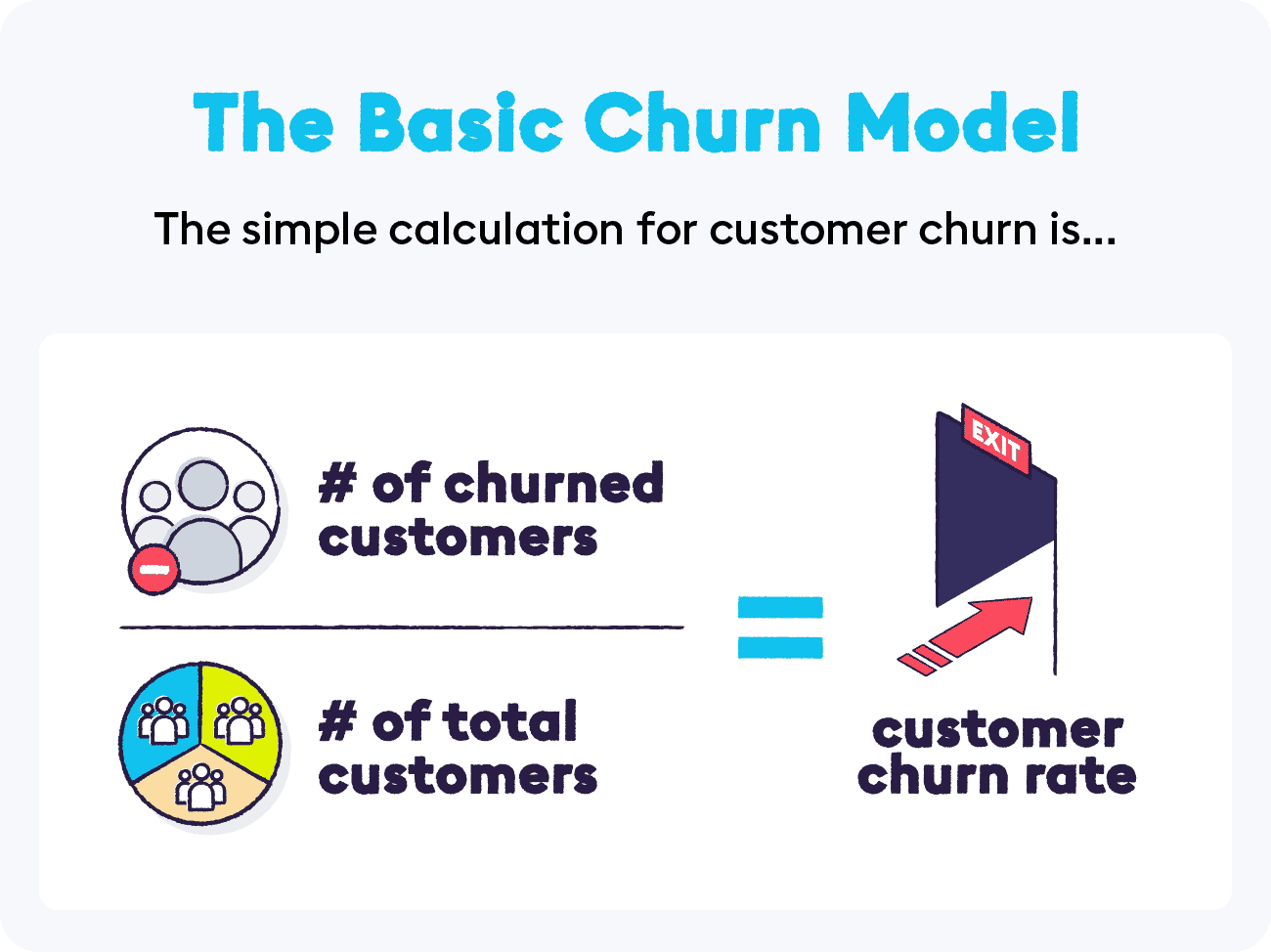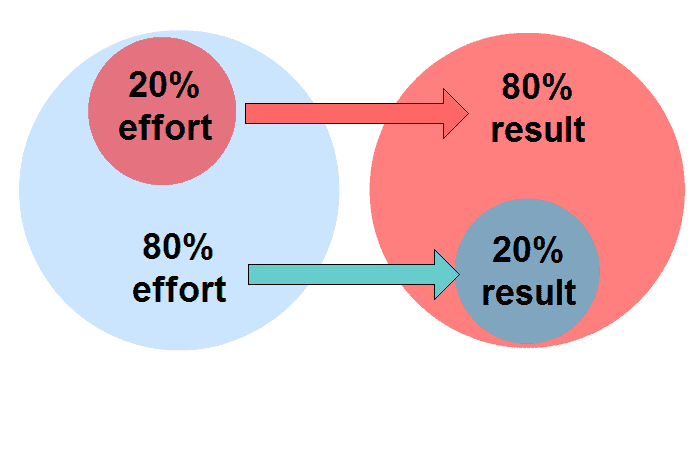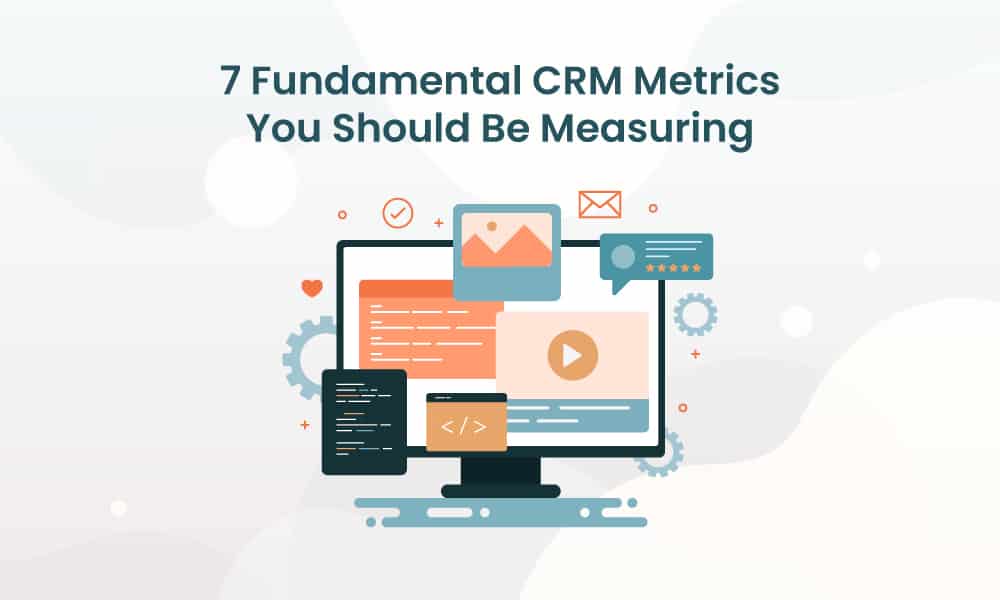Have you ever wondered how to measure your CRM efforts?
If you’re a small business owner, chances are that you don’t have the time or resources to hire an in-house marketing team. You probably wear many hats and juggle multiple responsibilities at once.
That’s why we created EngageBay – to help busy entrepreneurs like yourself with all of your digital marketing needs. We want to make it easy for you by providing everything from social media management and email campaigns to website design and SEO services.
Our goal is simple – we want our clients to be successful online so they can focus on what matters most (running their businesses).
In this blog post, we will tell you what fundamental CRM metrics you should be measuring as a small business owner and how these metrics can impact your bottom line.
By following these hacks, not only will you enhance customer engagement but you will also see a great sales conversion rate!
Read on.
Table of Contents
7 Vital CRM Metrics You Should Keep Track Of
Metrics play a vital role in the development and success of any business. Talking about CRM, we use the term metrics for tracking various aspects of marketing, sales, and customer service.
This offers you a better understanding and control over your efforts. Compared to an intuitive approach, CRM metrics let you track performance in a much better and quantifiable way.
The metrics you need to track largely depend on your sales and marketing needs. These are some of the questions you need to ask yourself before choosing the metrics you need to track:
- Which fundamental CRM metrics should you use as an indication of success?
- What marketing, sales, and customer service metrics should you keep an eye on?
- How can you locate them appropriately?
That said, there are some standard metrics for all businesses.
Let’s dive deeper into these important ones, shall we?
1. Customer Churn
Customer churn is synonymous with customer turnover or customer attrition. This CRM success metric explains the percentage of customers you lose during a given period.

You can make this calculation on a monthly, quarterly, and yearly basis. Customer churn is one of the easiest performance metrics to measure among all the customer success metrics.
For an example, let’s take one month as the range. This is how customer churn rate is calculated: Proceed by counting the total number of customers at the start of the month. Then, monitor the number of customers at the end of the month.
Finally, go ahead by subtracting the ending number and divide this answer by the starting number.
Let us understand this with an example.
Suppose you have 100 customers at the beginning of the month. But, after monitoring the figure at the end of the month, you get only 90 customers.
Proceed by subtracting ninety from hundred; the result is 10. Finally, divide 10 by a hundred, and you fetch the output of 0.1 (10%).
Your customer churn rate is 10%, meaning you are losing 10% of the customers you’re adding.
With this example, you can see why it’s such an important metric for any business.
Read also: 6 No-nonsense Examples of Customer Relationship Management
2. Net Promoter Score
Net promoter score (NPS) is a feature-rich customer success metric for measuring customer satisfaction.
This is how it goes. You ask your customers the following question:
“How likely will you be recommending our products to your colleagues or friends?”
Based on the question, they respond to you on a scale of 0 to 10. Usually, the number 10 is for ‘very likely,’ and 0 is ‘not likely at all’.
The customers responding with a score of 9 or 10 are your ‘promoters.’
The customers responding with a score of 7 or 8 are called ‘passives.’ These customers are neutral and may not recommend your products after all.
Those customers responding with a score of 6 or below are the ‘detractors.’ Since NPS affects brand perception, it is quite a powerful CRM metric.
3. Customer Effort Score (CES)
Customer effort score is another vital customer satisfaction measurement strategy. This metric measures the effort a customer has to apply to get their queries answered or issues resolved.
The more effort the customer puts, the lower will be the level of satisfaction.
It is better to look at your CES and NPS score in unison as it gives a more accurate picture of how satisfied your customers are. With a CRM software like HubSpot or EngageBay, you can easily track key CRM metrics in your sales and customer support dashboards.
4. Rate of Renewal
Rate of renewal is vital for subscription-based businesses. It shows the percentage rate at which customers renew their relationship with your company and is a powerful indicator of your company’s growth.
For example, if your business has 100 customers at the start of the year and only 95 renew their contracts, the renewal rate will be 95%.
It’s a straightforward metric to measure CRM success and is highly effective for organizational success. In fact, this metric lets you know if your company is offering long-term value to your customers.
5. Customer Retention Cost
Do you know how important customer retention is?
Research shows that almost 80% of the organizations’ revenues come from 20% of the existing customers!
In a nutshell, customer retention efforts should outweigh customer acquisition efforts.

The calculation of customer retention cost is a vital CRM metric and depends upon the successful implementation of the following:
- Begin by defining the time period for the calculation. The period may be monthly, quarterly, or yearly as per convenience.
- Proceed to add the entire customer retention expenditure for the organization. These involve tools, materials, and timing.
- Divide the figure by the total number of customers resulting in successful retention for that period.
- Finally, you will reach the stage of determining the average cost of retaining a single customer for the organization.
Make sure that the cost of retaining customers doesn’t exceed the average revenue of these customers.
Read also: What Nobody Tells You About CRM ROI: A Thought-Provoking Guide
6. Expansion Revenue
The measurement of expansion revenue is the same as measuring an organization’s customer renewal rate. It refers to the amount of revenue a company generates from the existing customer through upselling and cross-selling.
As per Forbes, about 80% of the company’s future revenue is generated from existing customers. That’s why it’s important to expand the size of retaining customers.
This is how you calculate expansion revenue: Divide new revenue from upsells and cross-sells within a month by the revenue from those sources at the end of the past month. The result is your revenue expansion rate.
Read also: CRM for Marketing Success: What Tools to Use and How
7. First Contact Resolution Rate (FCR)
The first contact resolution rate is also an important CRM metric you should measure.
First Call Resolution or FCR indicates your customer service team’s ability to resolve customer inquiries within the initial contact (through phone, email, chat, etc.).
Ideally, customer service teams should strive to solve customer issues without following up on the initial call.
FCR rate should be as close to 100% as possible, and 90% is usually considered excellent. Anything less than 50% is considered a cause for concern.
We’ve seen seven of the most important CRM metrics. There are others too: marketing campaign ROI, lifetime customer value, sales cycle duration, customer acquisition cost, customer lifetime value, etc., to name a few, and you can go through our blog to find detailed articles about them all.
Read also: Read also: Multichannel Retailing: Everything You Need to Know
How to use CRM Metrics
CRM metrics alone cannot guarantee the success of your business. You have to align it with intelligent CRM strategies.
How do you do that?
1. Setting up and quantifying your business targets
Ensure that the efforts you put into setting up a CRM strategy increase revenue while also reducing customer acquisition costs and service.
Set up measurable goals so that the metrics mentioned above can indicate how close you are to your goals.
2. Explaining the CRM strategies and tactics
To achieve the goals, you should quantify previously set tactics and strategies. You should identify a convenient formula for every client-oriented process, including sales, service, and marketing.
To implement the B2B CRM components, you must be aware of the methodologies for the best usage of the CRM metrics.
3. Linking the business objectives to the strategies and explaining the exact CRM metrics
If you want to enhance your profits, your objective should be to boost your sales efficiency.
The CRM metrics to keep track of here are the sales closing rate and the sales calls figures.
By linking objectives and strategies with CRM metrics, you can explain and tweak your processes to achieve your goals.
Read also: Sales Analysis and Why It Matters to Small Business Owners
Conclusion
We’ve seen how important CRM metrics are for the growth of your business. We’ve also seen the various metrics and ways to implement them into your workflow.
It’s time to take action.
A CRM software offers automated reporting so that you don’t have to calculate everything manually. There are dozens of CRM software in the market today, with exceptional reporting and analytics tools.
For small businesses, EngageBay is an excellent CRM software. It offers an intuitive dashboard with powerful CRM metrics. What’s more, you can customize them and even add your own reports. You can even connect to third-party analytics applications.
You can get started with our forever-free plan. It includes reporting dashboards, 500 contacts, 1,000 branded emails per month, predictive lead scoring, and a lot more.
If you’d like to watch a demo first, we have a comprehensive video for you:

